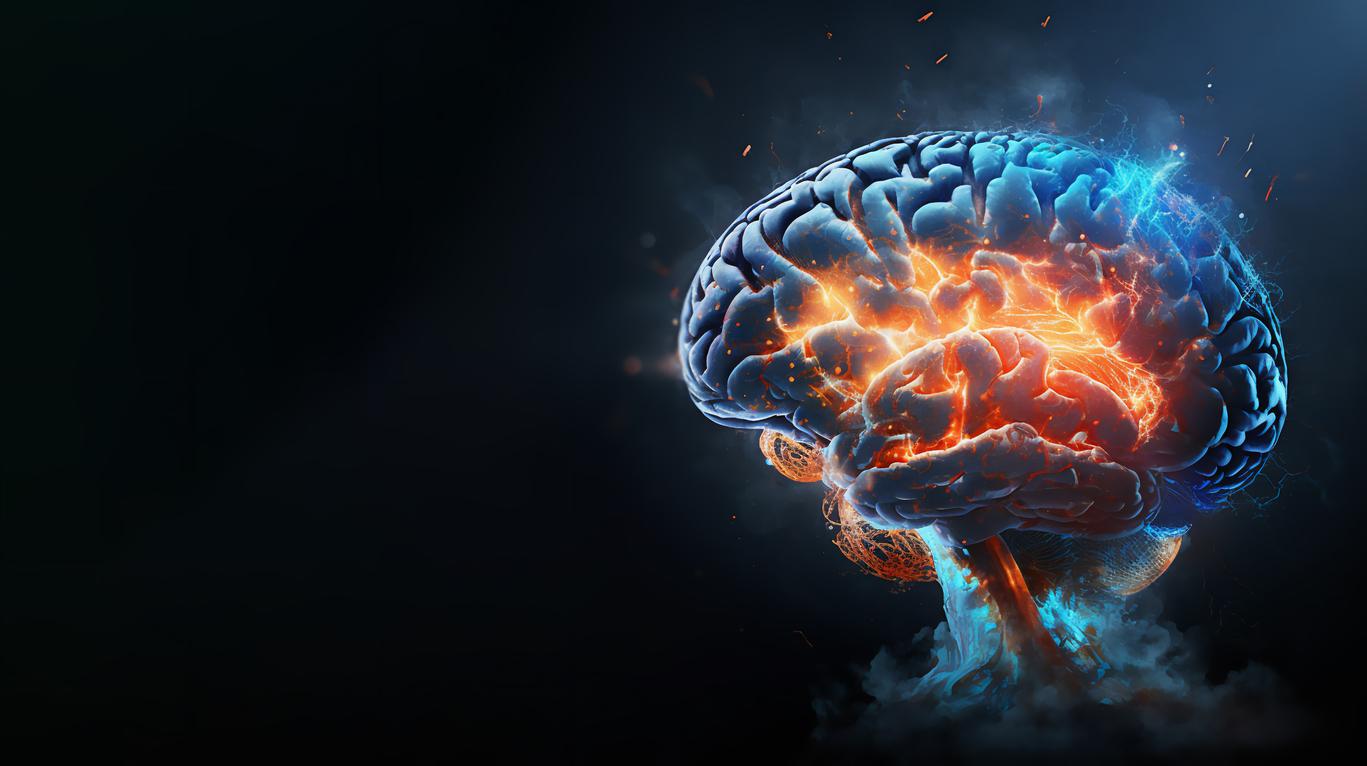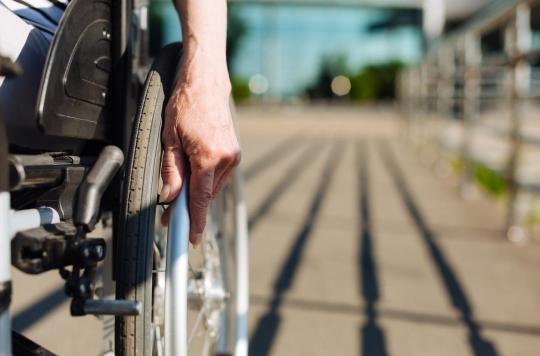Eight paraplegic patients regained sensation and control of their muscles, according to a publication from an international project.

Will we one day be able to cure paraplegia and make the paralyzed walk? In any case, this is the ambition of an international project initiated in Sao Paulo (Brazil) in 2013. The “Walk Again Project” was talked about during the last football world cup, including the whose coup shipment was donated by a paraplegic with an exoskeleton.
The consortium of researchers is now publishing its first study. In the review Nature, they tell how the eight patients included in the project managed to regain partial sensations in their lower limbs, as well as control of their muscles through a program using the human-machine interface.
From complete to partial paralysis
The patients in question had all suffered spinal cord injuries and had therefore been paralyzed for at least five years at the start of the study. The protocol put in place firstly included an intensive program of immersion in virtual reality and tactile and visual signage. These human-machine interfaces, connected to the brain of patients, use the subjects’ brain activity to simulate the control of their legs, explain the team of researchers, led by Miguel Nicolelis (University of Duke).

A patient training in virtual reality, using an avatar.
Credit: AASDAP / Lente Viva Filmes
The participants also performed walking movements using robotic actuators, including the exoskeleton used during the World Cup, capable of moving by following the subject’s thought (previously coded and transformed into signals) and of delivering tactile sensations.
After seven months of training, several participants saw the first improvements in their motor functions, their tactile sensations and visceral functions located under the lesion of the spinal cord (bladder, intestine). After one year, in four patients, “the sensation and the muscular control had evolved so much that the doctors modified their diagnosis, going from complete paralysis to partial”, specify the authors.
Nerves still intact
A woman was able for the first time to “feel her baby and the contractions during the delivery” of her second child. Several men also reported an improvement in their sexual performance. “Some of them have recovered the possibility of having sex, erections,” said the team.
“One of the participants, ‘Patient 1’, a 32-year-old woman who had been paralyzed for 13 years at the time of the study, has probably experienced the most impressive changes,” say the authors. At the start of training, she was unable to stand while using the devices (…). After 13 months, she could move her legs voluntarily, supported by a harness ”. Another woman regained the ability to sit and drive.
This is the first time that these functions have been rehabilitated in patients with complete paralysis for so long. According to the team of researchers, these results could be explained by the fact that some spinal nerves are still intact, despite the lesion. “These nerves could sit idle for years because there is no signal sent from the cortex to the muscles. But over time, training with the human-machine interface would reconnect these nerves. “
.














